Silicate Minerals
Silicate minerals are the most abundant group of minerals on Earth's crust. They are composed of silicon and oxygen, the two most abundant elements in the Earth's crust. Silicate minerals are classified based on the arrangement of silicon-oxygen tetrahedra, which are the building blocks of these minerals.
Types of Silicate Minerals
There are several types of silicate minerals:
- Isolated tetrahedra: In these minerals, the silicon-oxygen tetrahedra are not linked to each other. Examples include olivine and garnet.
- Single chain silicates: In these minerals, the tetrahedra are linked in a chain. An example is pyroxene.
- Double chain silicates: These minerals have two chains of tetrahedra linked together. Amphiboles are an example of double chain silicates.
- Sheet silicates: In sheet silicates, the tetrahedra are arranged in sheets. Examples include micas and clay minerals.
- Framework silicates: These minerals have a three-dimensional network of tetrahedra. Quartz and feldspar are examples of framework silicates.
Properties of Silicate Minerals
Silicate minerals exhibit a wide range of physical and chemical properties. These properties are influenced by the specific arrangement of silicon-oxygen tetrahedra in each type of silicate mineral.
Some common properties of silicate minerals include:
- Hardness: Silicate minerals can range in hardness from very soft (e.g., talc) to very hard (e.g., quartz).
- Cleavage: Many silicate minerals exhibit cleavage, which is the tendency to break along flat planes.
- Color: Silicate minerals can exhibit a wide range of colors, often due to the presence of impurities.
- Luster: The luster of silicate minerals can vary from dull to glassy, depending on the specific mineral.
- Specific gravity: Silicate minerals have varying densities, with some being much heavier than others.
Uses of Silicate Minerals
Silicate minerals have numerous practical applications. Some common uses include:
- Building materials: Many silicate minerals, such as quartz and feldspar, are used in the production of building materials like concrete and ceramics.
- Gemstones: Some silicate minerals, such as quartz and garnet, are used as gemstones for jewelry.
- Industrial applications: Silicate minerals are used in various industrial processes, including the production of glass, insulation materials, and abrasives.
- Technology: Certain silicate minerals are used in the manufacturing of electronic components and semiconductors.
Study Guide for Silicate Minerals
When studying silicate minerals, be sure to focus on the following key points:
- Understanding the chemical composition of silicate minerals, particularly the arrangement of silicon-oxygen tetrahedra in each type of silicate.
- Identifying the different types of silicate minerals and their respective properties.
- Recognizing the practical applications of silicate minerals in various industries and everyday products.
- Learning to distinguish between different silicate minerals based on their physical characteristics, such as color, luster, and cleavage.
By mastering these concepts, you will have a solid understanding of the importance and diversity of silicate minerals.
.◂Science Worksheets and Study Guides Eighth Grade. Plate tectonics
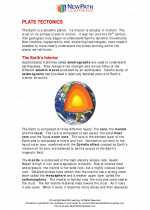
 Activity Lesson
Activity Lesson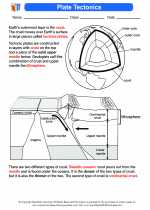
 Worksheet/Answer key
Worksheet/Answer key
 Worksheet/Answer key
Worksheet/Answer key
 Worksheet/Answer key
Worksheet/Answer key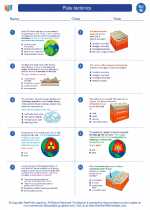
 Worksheet/Answer key
Worksheet/Answer key
 Vocabulary/Answer key
Vocabulary/Answer key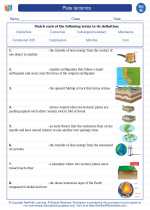
 Vocabulary/Answer key
Vocabulary/Answer key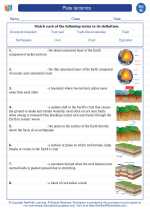
 Vocabulary/Answer key
Vocabulary/Answer key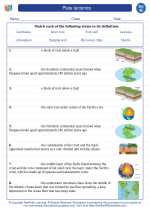
 Vocabulary/Answer key
Vocabulary/Answer key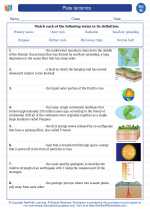
 Vocabulary/Answer key
Vocabulary/Answer key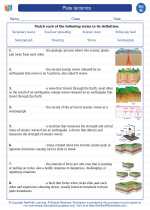
 Vocabulary/Answer key
Vocabulary/Answer key
 Vocabulary/Answer key
Vocabulary/Answer key
